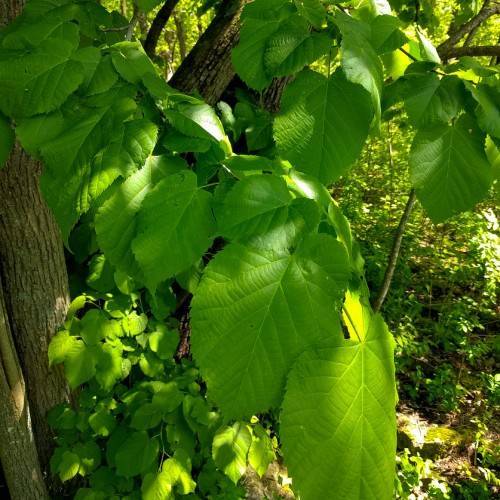
American linden
Tilia americana 'Redmond'
Cycle:
Perennial
Watering:
Minimum
Hardiness Zone:
2 - 8
Flowers:
Flowers
Sun:
Full sun Partial sun
Soil:
Loamy
Fruits:
Fruits Ready In Fall
Leaf:
Yes
Growth Rate:
Low
Maintenance:
Low
Drought Tolerant:
Yes
Care Level:
Medium
watering
Water American linden trees weekly, providing 1 to 1.5 inches of water during the growing season. This is most easily done by setting up a drip irrigation system to water the soil around the tree. If you do not have an irrigation system, water the tree deeply, giving it a thorough soaking so the water reaches the root system, every 10-14 days during the growing season. In times of drought, focus on providing water to larger trees, to ensure their survival and help them thrive. Water during the cooler parts of the day to prevent burning of leaves due to evaporation in the hot sun.
sunlight
American linden trees do best when grown in full sun. They thrive when they are given 6 to 8 hours of direct sunlight each day. When grown in a shadier environment, they will produce fewer flowers and fruits. During the summer months, it is important to avoid exposing the tree to extreme heat or strong winds, as this can cause leaf scorch and damage to the tree’s delicate leaves. During the winter, the tree should be protected from extreme cold temperatures and frosts. It is also recommended that American linden trees receive an adequate amount of water throughout the growing season.
pruning
Pruning for American linden (Tilia americana 'Redmond') should be done between late winter and early spring. The best time of year to prune is typically February to March as this is when the tree is dormant and nurseries are less likely to have their inventories full. Pruning should be done cautiously to avoid removing too much of the tree. Generally, only dead and damaged limbs should be removed and should be done to maintain the shape and health of the tree. Always make sure to use sharp and disinfected shears to avoid infesting the tree with disease.
